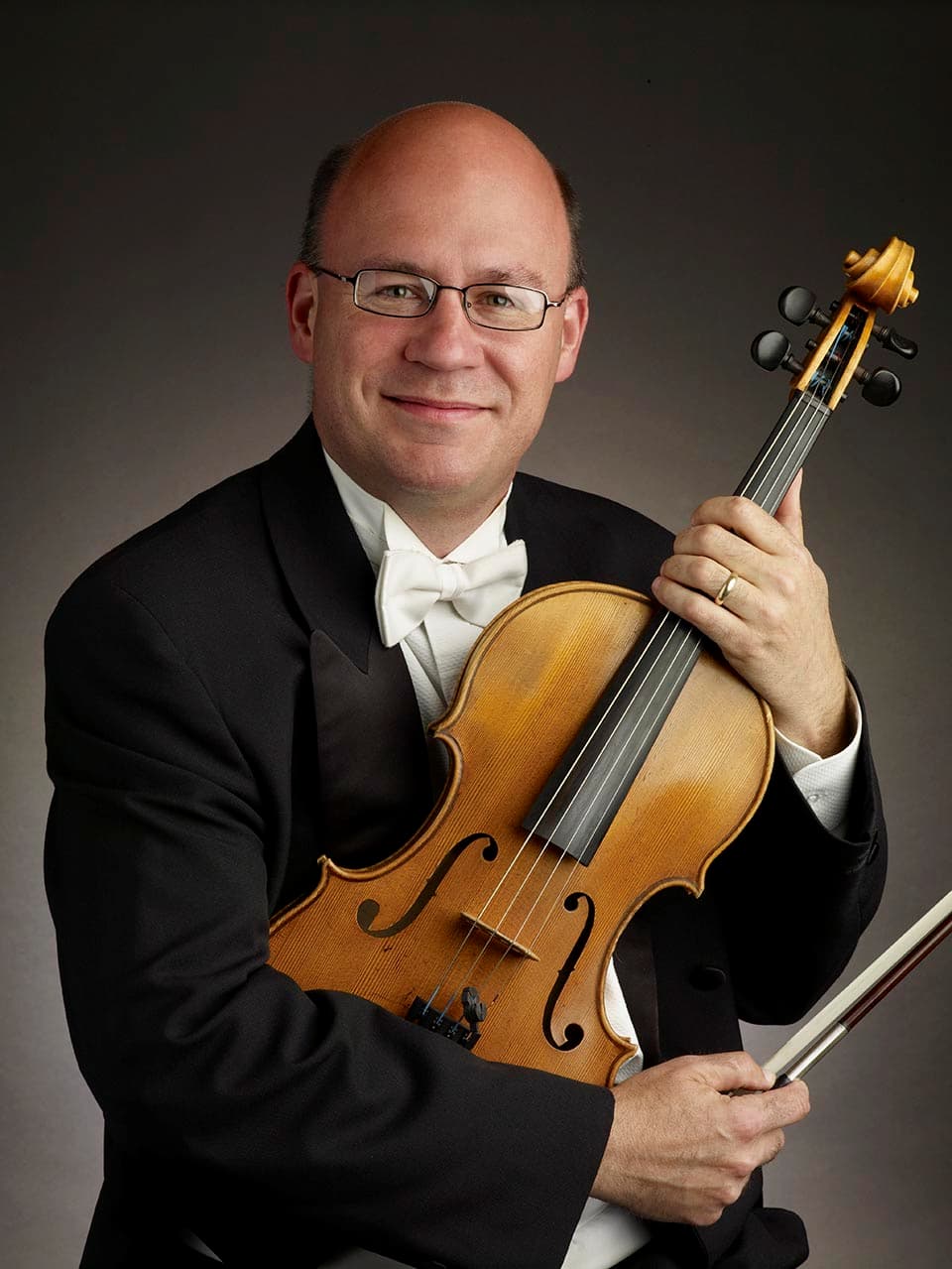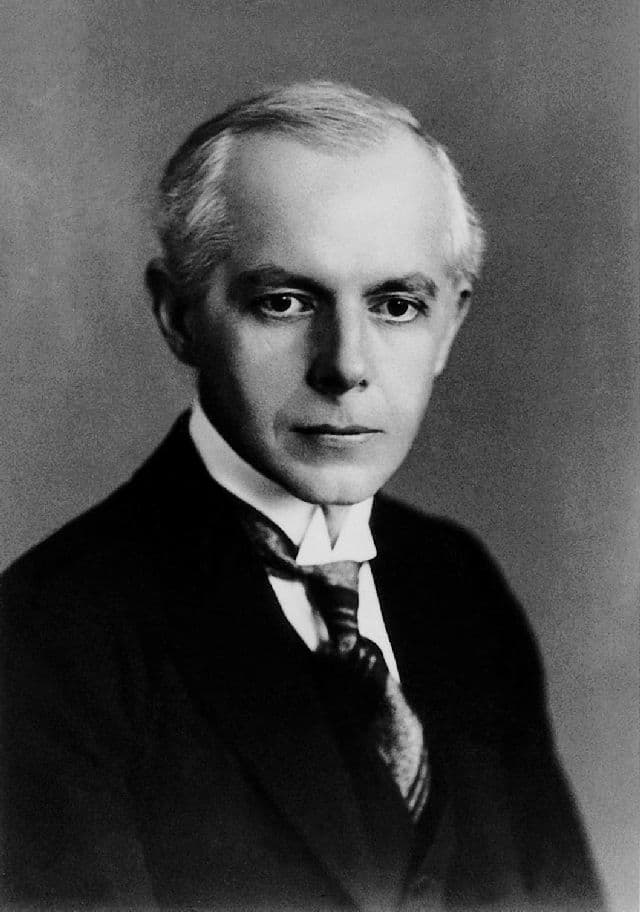In a recent recording of Béla Bartók’s third string quartet, violist Stanley Konopka created a new transcription of the work for a double-string orchestra. He was inspired by a string orchestra arrangement of Beethoven’s ultimate statement for string quartet, the Grosse Fuge.
Ludwig van Beethoven: Grosse Fuge in B-Flat Major, Op. 133 (Kodály Quartet)

Stanley Konopka
When Konopka heard the work recast for string orchestra, he understood how bringing in the additional voices brought out the details of the work. Even in its expansion ten-fold, the work still remained Beethoven at heart.
Ludwig van Beethoven: Grosse Fuge in B-Flat Major, Op. 133 (arr. for string orchestra) (International Musicians Seminar Soloists; Sándor Végh, cond.)
This inspired Konopka to look at the Bartók string quartets. As quartet works, they are uniquely challenging and in taking the one-movement third quartet, Konopka thought he had a work suitable for a re-orchestration.

Béla Bartók
Konopka talked with the music director of the Cleveland Orchestra, Franz Welser-Möst, who expressed interest in the idea. Unfortunately, the idea had to be killed early on when Béla Bartók’s son, Peter Bartók, forbade changing his father’s work.

Franz Welser-Möst (Photo by Steven Pisano)
Fortunately, time went on, and situations changed, and after 2020, the idea became viable again.
Béla Bartók: String Quartet No. 3, BB 93 (Kronos Quartet)
In Bartók’s output, the third quartet is considered the ‘harshest’ of the six quartets. Whereas string quartets Nos. 1 and 2 are still influenced by Romanticism or have folkloric elements, the third quartet is where Bartók breaks away. The folk music side has been completely sublimated even to the point of Bartók taking the structure and form from Hungarian folk traditions.
The work’s premiere in 1929 in Budapest left the audience baffled. It wasn’t the usual string quartet forms or sounds they were used to from the classical tradition. At the same time, techniques in the work, such as the instructions for the string players to strike the chords at the conclusion of the work ‘martellato’, i.e., in the manner of a hammer, was a violent expansion of string technique.
Béla Bartók: String Quartet No. 3, BB 93 (arr. S. Konopka for double string orchestra) (Cleveland Orchestra; Franz Welser-Möst, cond.)
In making his arrangement of the work for string orchestra, Konopka took a clue from Bartók’s Music for Strings, Percussion, and Celesta of dividing the string section and placing them antiphonally on stage. This followed from Konopka’s realization that within the work, there were ‘two consistent and distinct voices’, one calm and level-headed and the other reactionary and hostile. Together, they create the passionate and volatile characters of more than usual characters.
The reorchestration pulls out inner voices and exposes them, but in a way that only increases our appreciation of what Bartók accomplished in this, the heart of his string quartets.
For more of the best in classical music, sign up for our E-Newsletter


